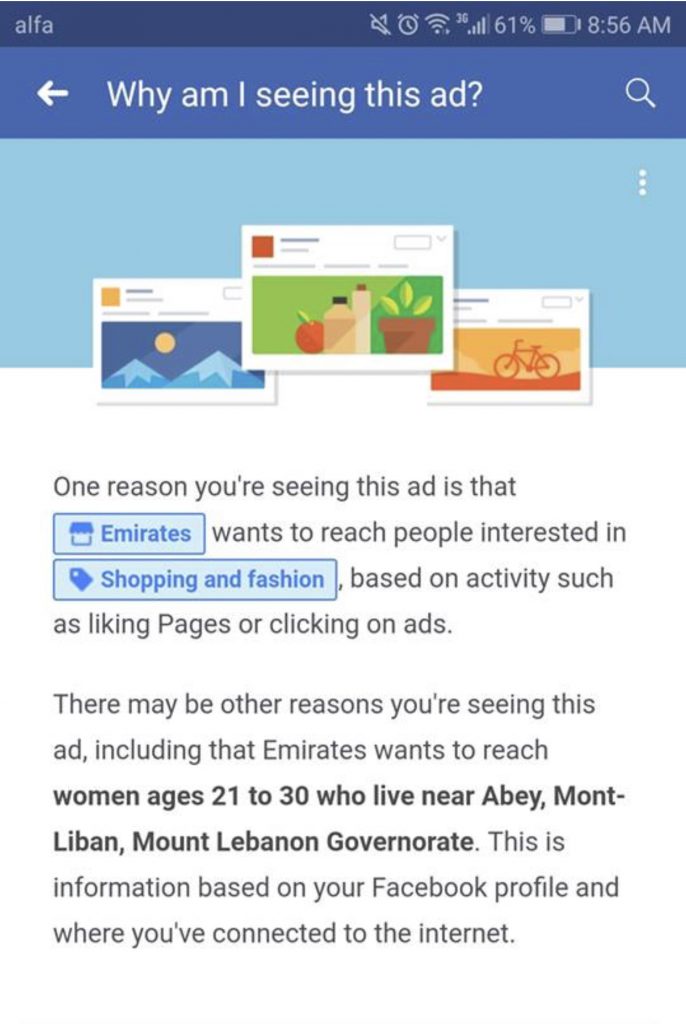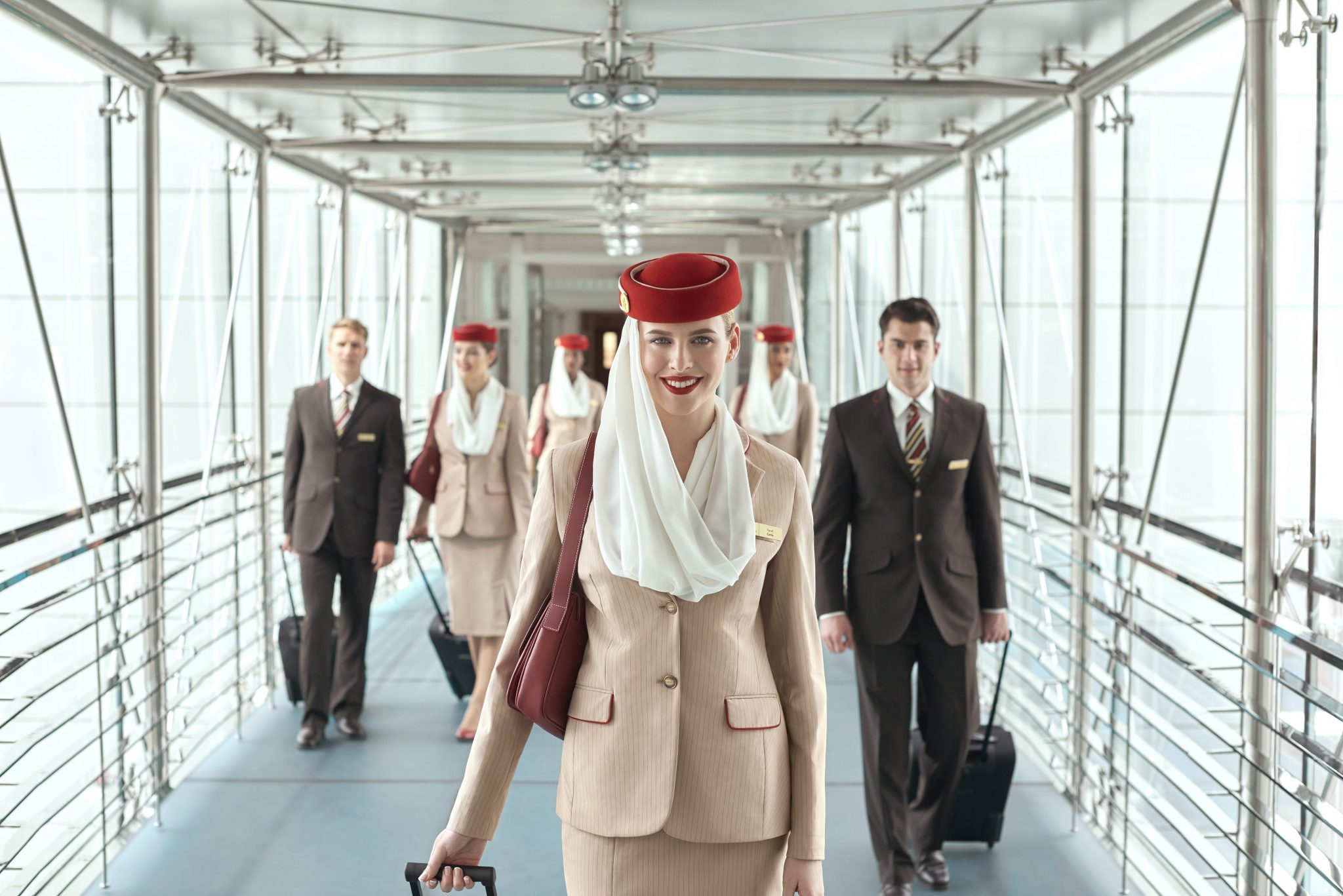The 2016 U.S. Presidential Election which saw Donald Trump dramatically win the race for the White House wasn’t only controversial for the electorate’s choice of President. The campaign was (and still is) dogged with allegations of corruption and political interference from organisations linked to Russia. Notably, revelations that nefarious actors were manipulating Facebook ads in order to spread fake news and whip up support for Trump.
The scandal has not only created an ongoing political storm but it’s also shone a light on how Facebook makes money – with advertisers able to target their ads to very specific demographics. But what has the U.S. Presidential election got to do with Emirates?
With Facebook reeling from claims that its platform may have been used to illegally swing one of the most controversial democratic elections in recent history, the social media giant has introduced a series of measures to make the advertising that we see every day in our newsfeeds a lot more transparent.
Unlike traditional advertising, like billboards or television commercials, advertisers on Facebook can use the treasure trove of information that Facebook gathers about us to target only the people they want to see a specific ad.
First, a little explainer…
Advertisers can target by country, region or even a small village. They can select a target gender and age-group as well as the interests and activities associated with their target audience. Anything that you like, share or comment on whilst on Facebook or Instagram is used to gather information and help advertisers reach you.
For example – like many companies, we regularly use Facebook to target ads to a particular market. Our normal audience is males and females, aged between 21 to 40 years old who are interested in several different airlines including Emirates and who have also got an interest in cabin crew.
As part of Facebook’s transparency drive, any user who sees one of our ads in their newsfeed can see why they’ve been targeted. Users can also visit our Facebook page and view all the active ads that we currently run, broken down by country. The same is true for any company that advertises on Facebook or Instagram.
Is this proof?
Now, someone has shared a screenshot of the so-called “targeting rules” they saw on an Emirates ad which was advertising Cabin Crew Open Day’s in Lebanon. The screenshot, shared below, shows Emirates was targeting its ad to women, interested in shopping and fashion and aged between 21 to 30-years old who lived in Lebanon.

For years, people have suspected that Emirates has a maximum age limit for new cabin crew joiners. The recruitment team denies the allegation and simply says the airline’s only age limit is a minimum age of 21-years old. In the past, we’ve known a small number of 30+ candidates to succeed in the selection process but the latest recruitment drive has once again raised the possibility that this unofficial age limit exists.
So, is this Facebook ad a smoking gun that once and for all proves the 30 year age limit allegation? Not exactly. While Emirates is targeting this particular ad at 21-30-year-olds, the airline could be creating and targeting other ads at different age, gender and interest groups.
There could well be an innocent explanation…
It could also be that Emirates has found a better conversion rate (the number of people who click and interact with the ad) with this particular demographic so is targeting this group in order to get a better return on investment.
Using Facebook’s new transparency tools, we can see that Emirates is running the same cabin crew recruitment ad in a number of countries – personalised for the local area. Unfortunately, we’re unable to view the targeting rules.
This most definitely isn’t definitive proof of Emirates having a maximum age-limit but it certainly raises suspicion and questions over who Emirates would prefer to join its team of cabin crew.




